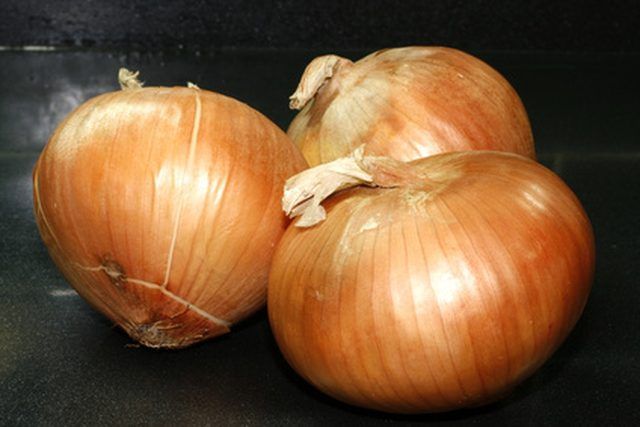Bulbs
Flower Basics
Flower Beds & Specialty Gardens
Flower Garden
Garden Furniture
Garden Gnomes
Garden Seeds
Garden Sheds
Garden Statues
Garden Tools & Supplies
Gardening Basics
Green & Organic
Groundcovers & Vines
Growing Annuals
Growing Basil
Growing Beans
Growing Berries
Growing Blueberries
Growing Cactus
Growing Corn
Growing Cotton
Growing Edibles
Growing Flowers
Growing Garlic
Growing Grapes
Growing Grass
Growing Herbs
Growing Jasmine
Growing Mint
Growing Mushrooms
Orchids
Growing Peanuts
Growing Perennials
Growing Plants
Growing Rosemary
Growing Roses
Growing Strawberries
Growing Sunflowers
Growing Thyme
Growing Tomatoes
Growing Tulips
Growing Vegetables
Herb Basics
Herb Garden
Indoor Growing
Landscaping Basics
Landscaping Patios
Landscaping Plants
Landscaping Shrubs
Landscaping Trees
Landscaping Walks & Pathways
Lawn Basics
Lawn Maintenance
Lawn Mowers
Lawn Ornaments
Lawn Planting
Lawn Tools
Outdoor Growing
Overall Landscape Planning
Pests, Weeds & Problems
Plant Basics
Rock Garden
Rose Garden
Shrubs
Soil
Specialty Gardens
Trees
Vegetable Garden
Yard Maintenance
How to Garden Onions in a Container
How to Garden Onions in a Container. Onions are ideally suited for container gardening. Even a 6- to 10-inch container is large enough to get started, and can fit easily on a balcony or doorstep. Growing onions in containers is a perfect solution for space-challenged gardeners. As an added bonus, container gardening is easy on sore knees and backs...

Onions are ideally suited for container gardening. Even a 6- to 10-inch container is large enough to get started, and can fit easily on a balcony or doorstep. Growing onions in containers is a perfect solution for space-challenged gardeners. As an added bonus, container gardening is easy on sore knees and backs as very little bending and stooping is required. Plant onions in spring and in a few weeks you'll have fresh, delicious onions.
Things You'll Need
Onion sets
Container with drainage hole
Commercial potting soil
Water soluble fertilizer or time-release granular fertilizer
Purchase onion sets at a nursery or garden center. Sets, which are small onions that were started the previous year, are the easiest and most effective way of planting onions in containers. Small sets, which are smaller than a dime, are best for growing large onions for use in cooking or for slicing. Sets larger than a dime are best for growing small green onions often used in salads, and will be ready for harvest very quickly. Sets can be planted in March or April.
Prepare a container at least 6 to 10 inches in diameter. Any container with drainage holes in the bottom will work. Fill the container with any good quality commercial potting soil.
Plant large onion sets about 1 inch below the surface of the soil. Plant the sets close enough to touch, as the green onions will be harvested before crowding becomes problematic. Small sets, which will be used for large, dry onions, should be planted with 2 to 4 inches between each set.
Water the onions immediately. Check the moisture daily by poking your finger into the top of the soil. If the top inch of the soil is dry, water the onions until water runs through the drainage hole. Don't water again until the top inch of the soil is dry. During hot, dry weather, onions may need water every day.
Fertilize the onions two to four weeks after planting and repeat every two to three weeks. Use a regular water-soluble fertilizer applied according to the directions on the package. Alternatively, use a time-release granular fertilizer that can be mixed into the soil at planting time.
Begin harvesting green onions when the tops are at least 6 inches tall. Green onions are best harvested when they are small, as the onions will develop a stronger flavor as they get larger.
Harvest large onions in July or August when the tops of the plants begin to fall over. Harvest in the morning and lay the onions on top of the soil to dry until afternoon. Braid the tops of the onions in bunches of six to eight onions and hang the bunches in a warm, dry place to dry for two to three weeks
Tips & Warnings
Onions can also be started by seed eight to 12 weeks before planting them in outdoor containers. Plant the onion seeds 1/4 inch deep in a planting tray filled with commercial potting mixture. Place the tray in a sunny spot and keep the soil moist. Transplant the seedlings outdoors after all danger of frost has passed.